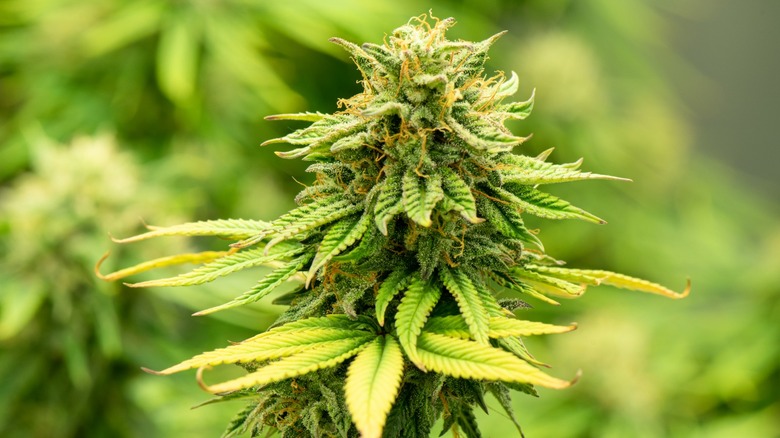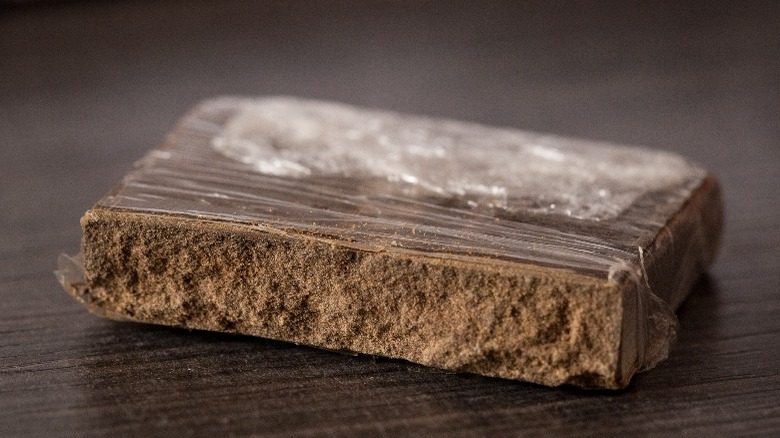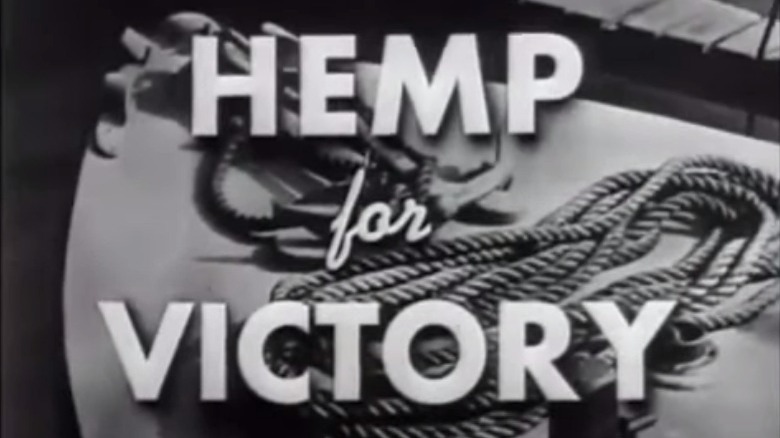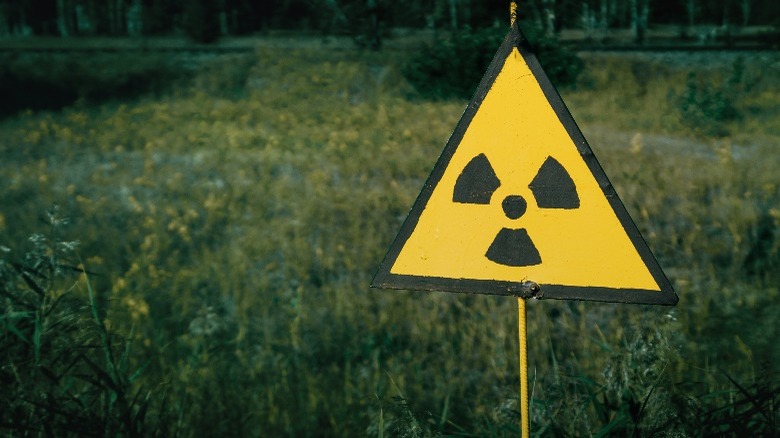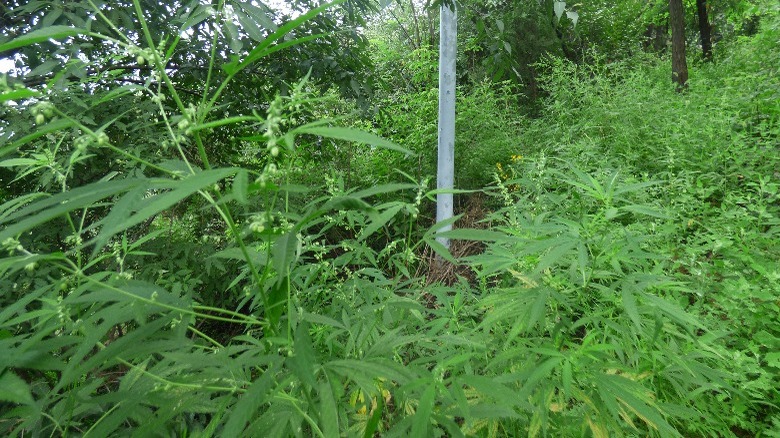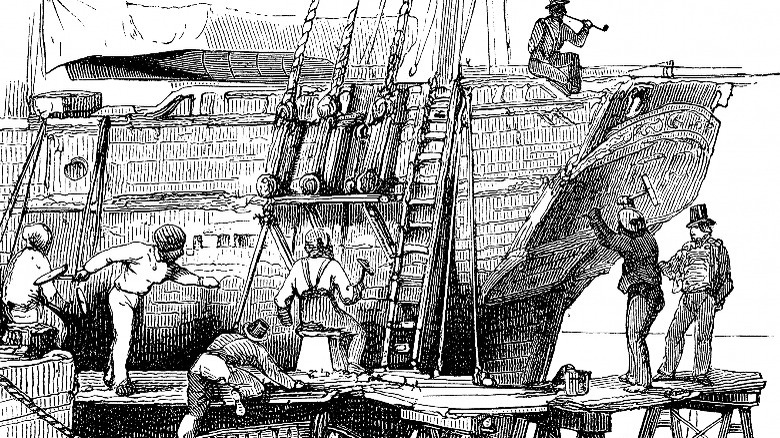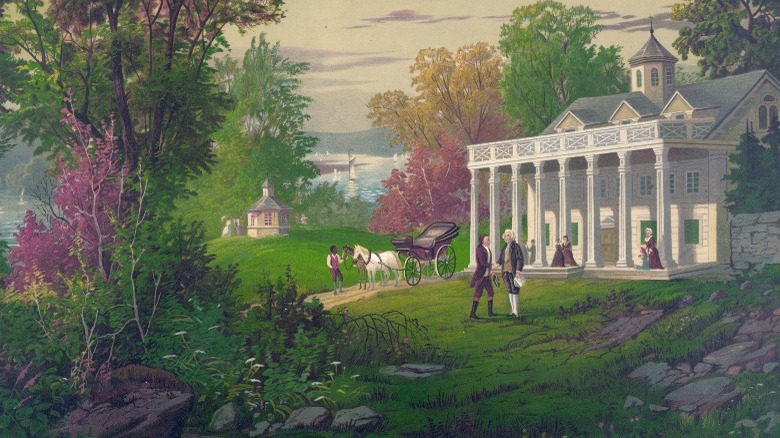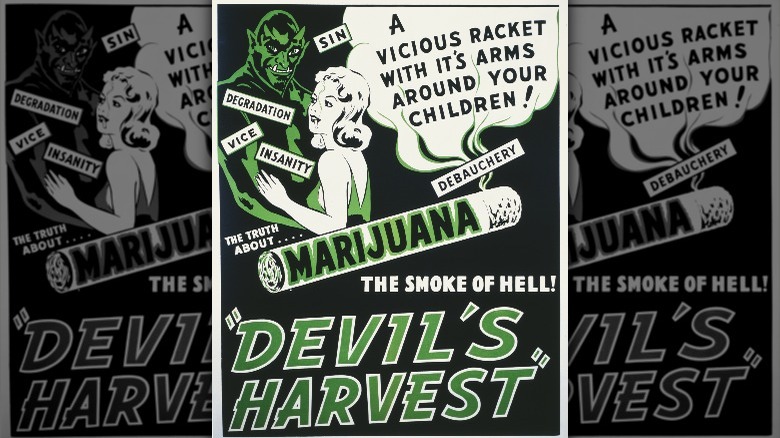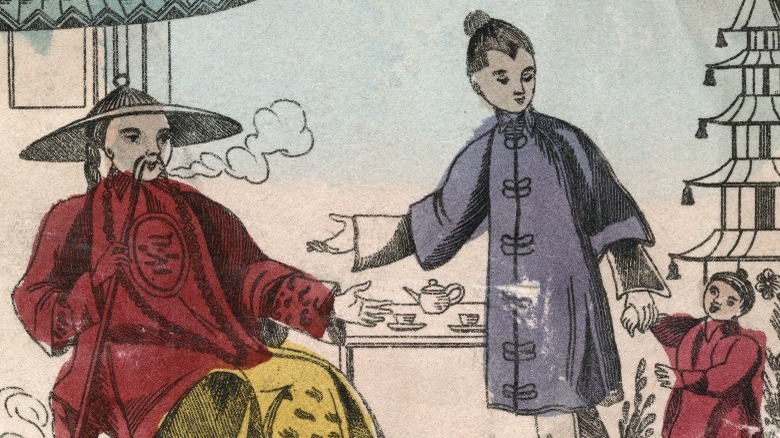Wild Historical Stories That Involve Cannabis
You might be surprised, but the history of cannabis actually extends back pretty far. Researchers estimate that early humans first cultivated hemp around 10,000 years ago in Asia, when it is thought they used it for its fibrous qualities. It was not until 5,000 years later that the ancient Chinese first began to explore the pharmaceutical properties of marijuana, and the first medical use is attributed to the mythological Emperors Fu Hsi and Shen Nung in the early third millennium BC. Ancient cannabis use is also associated with the Hindu deity Shiva, and there are many references to it in pre-modern Egyptian literature, too.
The two most popular types of cannabis are hemp and marijuana. The difference between the two is the psychoactive ingredient THC, which marijuana has in much higher amounts than hemp. Today, humans have continued the tradition of using marijuana for its psychoactive properties, and many U.S. states have made the drug available for medical use.
In addition, it's also a huge aspect of popular culture, and there are even entire film and book franchises based solely on the hijinks of characters under the influence. Cannabis has certainly had a very well-traveled history over the past 10,000 years, and these are some of its wildest historical stories.
The U.S. military got dogs and monkeys stoned
It's no secret now, but during the Cold War, the U.S. government studied the possibility of using psychoactive drugs as mind control devices. Some of these were done as part of the now infamous "MK-Ultra" program, which gave unwitting test subjects drugs like LSD to test its effects. Separate from the official MK-Ultra tests, in the 1950s, researchers at the University of Michigan also began studying the effects of giving cannabis oil to monkeys and dogs to test non-lethal incapacitation.
According to an article in the Journal of Psychoactive Drugs, the university was working with the U.S. military through a contract with the Edgewood Arsenal. Apparently, the arsenal gave the university a bunch of oils that were only identifiable through code names. The researchers tested these oils on animals like dogs and monkeys, including injecting them with a red oil that would put them into, according to head researcher Ed Domino: "[a] state of artificial hibernation, for up to a week!"
At first oblivious to what the red oil was, Domino and his colleagues soon realized the molecular formula on the bottle indicated it was THC. After being sworn to secrecy, Domino continued his research for several years, getting many more dogs and monkeys stoned. Eventually, humans were also given the same red oil, with similar effects as the animals — although the human subjects were typically happy to volunteer, including numerous students ferried in Domino's family car.
The hash clubs of Victorian London
The Victorian era was one of the most famous periods in British history. The British Empire had yet to lose its colonial possessions, and wielded enormous economic and military power globally. For many people, the Victorian era is associated with sexual taboos, economic growth, and art, but now we can add another item to that list: hash. Hash, or hashish, is an incredibly potent form of marijuana with a very high THC content, and apparently it was pretty popular in Victorian-era London.
In 1900, the Chicago Tribune published a letter from the Marquise de Fontenoy, which extolled the value of the many "hasheesh temples" in the Mayfair area of West End London. These clubs were reserved only for women of high status, and they featured lots of Asian-inspired decorations. The Marquis also reminisced about his own experiences using hash, which he claimed allowed him to fluently speak Arabic — even though he was only barely familiar with the language.
Showing the true misogynistic zeitgeist of the era, the Marquis was quick to warn about the dangers of a "lack of moderation" of hash use, which he claimed was one of the "principal characteristics" of women of the era. Chauvinism aside, the article speaks to the use of marijuana and hashish in the early-20th century, which was much more widespread than many people think.
Uncle Sam Wants You! (To grow hemp)
You might not believe it, but at one point during the Second World War, the U.S. government actually encouraged the widespread production of hemp. In 1942, the United States Department of Agriculture (USDA) made the film "Hemp For Victory" to stimulate the growth of hemp production, citing the ongoing war. According to the narrator Lee D. Vickers, the production of hemp was extremely important for America prior to the mid-19th century. However, it was replaced by cheaper imported materials like jute, sisal, and hemp from Manila, Philippines. The government also made it basically illegal to produce in the 1930s.
Yet, when WWII broke out, the Japanese effectively cut off this supply to the U.S. This led to "Hemp For Victory," which was meant to encourage farmers to cultivate more hemp for Allied war use. In 1942 alone, farmers planted 36,000 acres of hemp, primarily in Kentucky, and the government wanted 60,000 acres by the end of 1943. Farmers needed to get a special "Producer of Marihuana" tax stamp that allowed them to grow hemp legally.
The hemp was used to make things like twine, rope, and various other fibrous-based products. In addition, the Nazis also seemed to have their own cannabis growing manual, "Die lustige Hanffibel," which translates to "The Funny Hemp Booklet." It's replete with colorful images involving farmers scolding plants and personified vegetables running in terror.
Nuclear cannabis
In one of the most unlikely places in the world, the cannabis plant is making a serious environmental impact — and in a good way. While many people have talked at length about the medical properties of the cannabis plant, they are usually referring to ingesting marijuana and its effects on the human body. As it turns out, hemp also has some beneficial properties, and it has nothing to do with smoking or eating the plant.
Since the 1990s, scientists have been using hemp plants to reduce the amount of radiation in the air surrounding the Chernobyl nuclear disaster site. This is due to a phenomenon known as phytoremediation, which is when plants remove pollutants from the atmosphere. As an article in the journal GCB Bioenergy explains, many hemp plants have been grown in the Chernobyl exclusion zone to take advantage of their phytoremediation properties. Some of the pollutants hemp can help cleanse from the environment include arsenic, lead, and even chromium.
The trend has started to catch on too, as Italian farmers have also begun using hemp to help mitigate steel production pollution. Who knew, but apparently nuclear cannabis is now a thing.
To blaze, or not to blaze, was that the question?
William Shakespeare was a man of many things: incredible wit, exquisite poetry, good taste, and potentially an infatuation with cannabis, cocaine, and hallucinogenic drugs. In 2001, the South African Journal of Science tested several clay tobacco pipes that were recovered at Shakespeare's various haunts throughout 17th-century London. The results they found were pretty incredible.
The Shakespeare Birthplace Trust provided the scientists with 24 pipes, and researchers found potential cannabis residue in at least eight of them. They did not find actual cannabis, but rather toluene residue indicative of both cannabidiol and cannabinol, which are byproducts of heated cannabis. In addition to the potential cannabis residue, the researchers also found traces of both cocaine and myristic acid, the latter of which is known to have hallucinogenic effects.
Does this mean that Shakespeare was a cocaine-smoking stoner? Probably not. It's important to note that none of the 24 pipes are definitively known to have actually been used by Shakespeare himself, even though they were found on his property. But while he may not have used them himself, he was probably at least aware of the various things being smoked in his houses. The researchers could not say for certain that cannabis had been smoked in the pipes, but it's pretty hard to explain the potential presence of cannabinoids otherwise. Still, it will remain one of history's more salacious mysteries, until a solid link can be found.
Bhang for Holi
In India, the holiday of Holi is one of the most important and celebrated festivals. It is over 1,500 years old and occurs in the Hindu month of Phalguna. The festival is distinctive to all by the huge amounts of colored powders thrown through the air, which eventually cover everything. The purpose of Holi is to acknowledge the beginning of spring, and it celebrates the ancient Hindu story of Prahlada, Lord Vishnu, and Holika. Prahlada was saved from dying due to his devotion to Vishnu, and the festival is named after Holika, who burned to death in his place.
What exactly does this have to do with cannabis? One of the most popular treats during Holi is bhang, which is a cannabis-infused edible or drink. Participants in Holi consume bhang during the festivities partly to pay respect to the Hindu God of Shiva, with whom it is commonly associated. Bhang is so culturally significant for Hindus in India that it is legal, while cannabis itself is actually illegal. Bhang is made from the leaves of cannabis instead of the buds, allowing for the loophole in Indian law.
Indians use bhang year-round and not just during Holi, but its use is more widespread during the two-day festival celebrations. Being one of the sacred plants of the Veda, it's not a big surprise that cannabis has found its way into many celebrations, and may very well add to the fun.
The internet's first transaction was a cannabis deal
Nowadays, people worldwide use the internet to purchase just about anything. From food to clothing to household or pleasure items, pretty much everything can be bought online. But would you believe that the first transaction in internet history may have been a drug deal over cannabis? That's what John Markoff claims in his book "What the Dormouse Said: How the Sixties Counterculture Shaped the Personal Computer Industry." According to Markoff, the drug deal was made over a network that was known as ARPANET.
ARPANET stood for Advanced Research Projects Agency Network, and it was a U.S. government-funded project. The government envisioned ARPANET as a way to insulate important communications during the Cold War from communist takeover or destruction. The idea is remarkably similar to the internet today, which has no central core that can be used to shut down everything.
However, students at MIT and Stanford instead used ARPANET to sell each other marijuana. It appears as though the Stanford students were supplying the MIT students, which lines up geographically. Of course, distributing drugs across the internet has unfortunately become much more common now, through websites like the former Silk Road, but they are merely following in the footsteps of their Stanford and MIT progenitors.
Ancient Chinese cannabis
That cannabis has been used for a very long time is a pretty well-known fact. Yet, in 2016, a team of researchers from universities in China, the U.S., and the Netherlands, made the surprising discovery that cannabis was used as far back as 4,800 years ago. Per an article in the journal Economic Botany, the researchers found 13 cannabis plants at a gravesite in the Jiayi cemetery, in the Xinjiang Uyghur region of northwest China. There were 240 gravesites in the cemetery excavated, and just one of them had entirely preserved cannabis plants inside: tomb M231.
The tomb housed a 35-year-old man, and he was buried with the plants as a shroud. Through carbon dating, the researchers placed the age of cannabis between 2,800-2,400 years old, and it was pretty well preserved due to the arid environmental conditions. In three other tombs, the researchers also found remnants of cannabis, but they were fragments rather than full plants like in M231. The research team concluded that the plants had been harvested in the late-summertime, and were seed-bearing females.
It was impossible for the research team to conclude the purpose of the cannabis, and it could have been used for ritual use. Other gravesites in the area showed the potential for the psychoactive use of cannabis, but those date to a much later period. We'll never know why the man was buried with cannabis, but it was clearly important to him.
Virginia makes it illegal not to grow hemp
Looking back today, it's almost impossible to imagine just how important hemp was in previous centuries. For decades since it was made basically illegal in the 1930s, farmers were, by and large, restricted from growing hemp for commercial use. That only changed in 2018 with the passing of the Farm Bill, which made the domestic cultivation of hemp legal again. While there has recently been an uptick in hemp cultivation and the production of hemp-based products, it's still nothing compared to how things were in the 1600s.
Back then, there were no legal prohibitions on growing hemp, and people used it for everything. Bibles were made from and printed on hemp, hemp fibers were sewn together to make clothing, and there were many other uses. One of the biggest industries that used hemp was the maritime industry, as hemp fibers made excellent sails and ropes, and were used to make ships watertight.
Believe it or not, hemp was actually so important back then that some states allowed it to be used as money, and farmers in Virginia had to grow it for commercial use. The legislature even passed a law making cultivation compulsory. Hemp's heyday lasted well into the 19th century, but has since been replaced by new materials. Today, hemp is starting to make a comeback, but the government probably won't be requiring anyone to grow it again.
Hemp at Mt. Vernon
Of all the unlikely adjectives you could assign to America's first President George Washington, perhaps the most unforeseen of all would be hemp aficionado. However, it's true, and Washington used to grow fields of hemp back at his residence at Mt. Vernon in Virginia. Hemp was a very profitable crop in those days due to its widespread commercial use, and Washington chose to grow hemp instead of tobacco. Washington was so infatuated with hemp that he frequently wrote about it in his diary, and he spent time picking out the best seeds possible while trying to get his fellow farmers to grow some, too.
A true connoisseur, Washington wrote about the different varieties of hemp available at the time, including hemp from New Zealand and India, in addition to domestically produced hemp. Still, there is no evidence that Washington ever sought to harvest marijuana on his farm, and there is definitely no indication he ever used the plant for its psychoactive effects.
Hemp production eventually died out on Mt. Vernon, though it has recently made a comeback. Beginning in 2018, horticulturalists began reintroducing the hemp plant back to Mt. Vernon to be used for various products. President Washington might not be overlooking the operation anymore, but at least the cannabis plant has been returned to his home on Mt. Vernon.
Pushers, vipers, and bambalachas
One of the most fascinating aspects of cannabis pop culture is undoubtedly the slang. Nowadays, people use just about anything to refer to marijuana, marijuana users, and marijuana distributors. It's common to hear marijuana referred to as pot, weed, grass, ganja, herb, or literally hundreds of other monikers. Nicknames for marijuana users range from the more derisive, like stoner and burnout, to the mildly judgmental, like pothead and weed-preneur.
While those are all pretty catchy, they don't hold a candle to some of the more outrageous names they were called in the 1940s. As detailed in a 1943 issue of Time magazine, nicknames for marijuana included terms like "Indian hay," "bambalacha," "mohasky," and "mu," as well as some more familiar names like "grass" and "Mary Jane." Dealers were known as "pushers," while smokers were called "vipers," and getting high was "floating." Even better, marijuana cigarettes or joints were "goof-butts, joy-smokes, [and] giggle-smokes," and to smoke was to "blast the weed."
Time also included the terminology for a hypothetical pot deal, with great viper-lines like "Are ya stickin'?" and "Are ya layin' down the hustle?" Back then, joints cost a dime or a few quarters at most, and marijuana was widely used by jazz musicians, which is where some of the slang likely came from.
The first cannabis smokers
There are many different kinds of ways to ingest marijuana nowadays. For the most part, modern users stick to either smoking or eating cannabis to feel the effects, and as it turns out, some of the earliest users were also smokers, too. According to a 2019 article in Science Advances, scientists found evidence of cannabis being burned dating back to 2,500 years ago. The scientists excavated burial sites from the Jirzankal cemetery in western Asia, on the Pamir Plateau, and they made some incredible findings.
Among the burial sites, they found wooden braziers and stones that had cannabis residue on them. The researchers compared the burnt residue with other cannabis located in the Jiayi cemetery, and determined it showed evidence of its use. They think that the ancient Chinese would put the marijuana in the wooden braziers and ignite them with hot stones.
In addition, researchers also found trace amounts of cannabinol, which is indicative of the presence of THC. This means that they may not have been burning the cannabis purely as a smoke ritual, and may have been inhaling the smoke for its psychoactive effects. The use of cannabis was not limited to the wealthy, as evidence of it was found in the tombs of commoners, too. It's pretty amazing to think that marijuana smokers today are potentially engaging in an ancient Chinese ritual, even if modern methods are perhaps more efficient.
